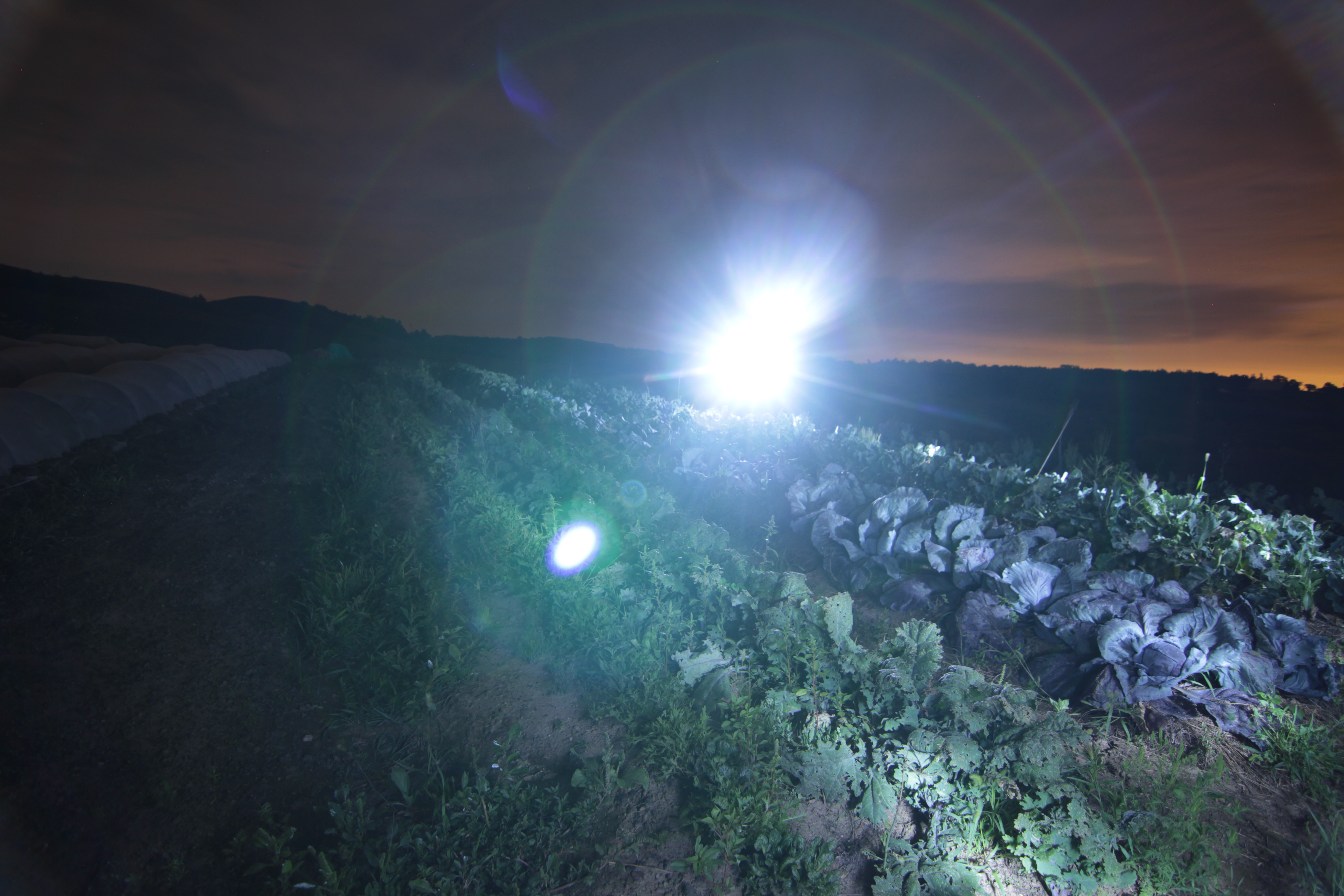An Overview Of Our Solution
- Population Impacted:
- Continent: Africa
Organization type
Population impacted
Size of agricultural area
Production quantity
People employed
Describe your solution
Describe your implementation
External connections
What is the environmental or ecological challenge you are targeting with your solution?
Describe the context in which you are operating
Please include facts/figures where possible. (Where relevant, include information about social/community factors, water, food security, nutrition, and/or economic and sustainable development.) (1500 characters max.) We are operating a mixed farm on an ecovillage, an intentional community with a dedication to sustainable living. We have 192 acres of wetlands, forests, pasture, and agricultural lands. We have a renovated farmhouse and a one-of-a-kind environmentally friednly large shared residence with 11 private suites and roughly 6500 square feet of shared common space, including a library, kitchen, game room and dining area. We support several small enterprises that all work holistically with each other through our governance structure. We currently have a maple syrup co-op, a community supported agriculture market garden, egg production and chicken production, all on a very small scale at the moment. The ecovillage is governed by a board of directors that belong to the housing cooperative and the land cooperative, using consensus-decision making model for decisions. Many members are provisional members who do not have equity or liability in those cooperatives but can still manage an enterprise and be involved in the decision-making.
How did you impact natural resource use and greenhouse gas emissions?
Language(s)
Social/Community
Water
Food Security/Nutrition
Economic/Sustainable Development
Climate
Sustainability
As a holistic farm aiming to live sustainably some aspects can offer economic sustainability through markets like our produce, but most do not, at the moment, produce a yield of tangible goods and would depend on grants or government subsidy. These are elements of our farm plan such as biochar or tree planting. However, due to the novelty of our farm, we have great economic potential as an educational component for sustainability studies.
Return on investment
Entrant Image

